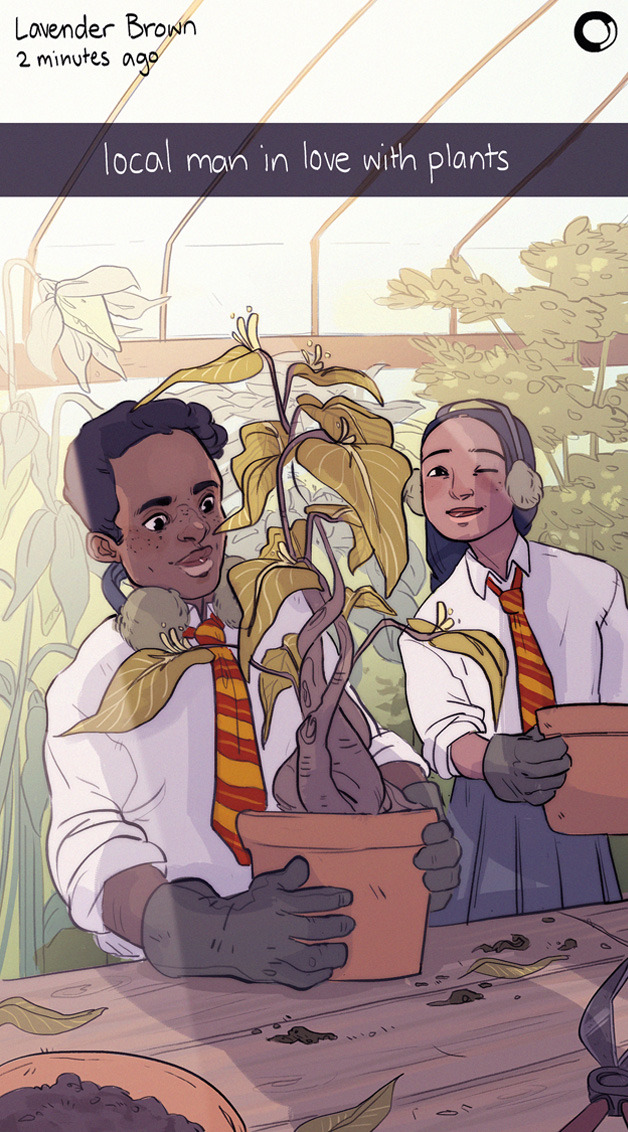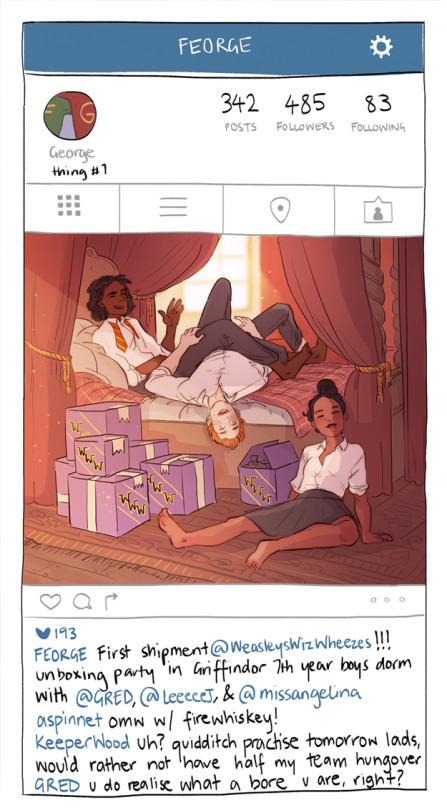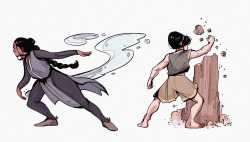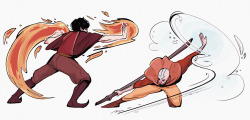 |
Description: A panel from a Captain America story from
the 1970s, As superhero Falcon looks on,Captain America
walks off dejectedly. Caption reads: "This man is now
crushed inside. Like other Americans, each in his own way
he has seen his trust mocked. And this man is Captain
America." |
I
previously wrote about the asinine retcon that Marvel writer Nick Spencer came up with after his plot twist that Captain America was made into a secret double agent for Hydra, the super powered occult Nazi group he fought in World War II. as it suddenly turns out, that's because in the Marvel Universe, the Nazis had actually won World War II. Captain America was never, ever a good guy. The Allied Powers used the Cosmic Cube to rewrite reality and make it so the Nazis lost, Captain America was a good guy (but somehow the Holocaust still happened) and Hydra never had a secret agent. So Captain America becoming an ally to super-powered Nazis was actually "restoring" him to his true self.
What he hasn't been shy about has been his contempt for critics and his denial about another Nazi Captain American twist: it was revealed that Hydra Captain America was deemed worthy to wield the hammer of Thor. Not only does this have gross implications in-universe... "...that you must be good and worthy person to wield it, Mjolnir has been a moral compass of sorts — and Spencer is already crossing many, many lines with what he clearly thinks is some kind of edgy, potentially iconic imagery. But this isn’t just some subreddit level attempt at being cool. At this point Spencer is literally putting hate symbols into the pages of Marvel’s comics," Rosie Knight says, and explains how Thor's Hammer has been
used in recent decades as a symbol of neo-Nazi groups and white pride in the US.
Nick Spencer has taken to twitter over and over over the past year to defensively dig in his heels. He insists that there is nothing political in his writing, that critics of his writing are somehow threatening him, his livelihood and comics as an art form. He says that just because
he's defended a real life neo-Nazi who got punched in the face, or that he wrote college-age "social justice warrior" caricatures as
bad guys so awful that the Black superhero Falcon later apologizes for ever sounding like them doesn't mean he's a conservative, and that his personal views and history don't inform his writing.
Which makes his personal and political past stand out more. As blogger Kim O'Connor lays out, just a little over a decade ago,
Nick Spencer made two failed bids for public office in Ohio as a Republican. He had a website for both campaigns, got some press (local and national), and in 2005 ran on a platform of eliminating all human services in Cincinnati, building more jails and arresting homeless people as "quality of life" issues. He even wanted the city government to buy up the buildings that housed homeless shelters and get rid of them;
Per Cincinnati CityBeat, Spencer's 2005 campaign blog called on the mayor of Cincinnati to use eminent domain against Mary Magdalene House (a homeless shelter) and the Greater Cincinnati Coalition for the Homeless.
Here's Spencer: "It's time to stop playing around and get tough here. ... The city must use all of its powers to protect the civic and financial investments that have been made in the area. The glut of social services that encourage panhandling in the district must be addressed."
You read that correctly. Nick Spencer described organizations dedicated to helping homeless people as a "glut of social services that encourage panhandling."
He also worked for
John McCain's campaign. Some may argue that Spencer is just running on a platform similar to many Republicans, so it's not so unusual, right? He's just echoing an official party platform! You might be able to say that about his policy ideas... but not so much about his racist blogging about black people as thugs, drug dealers, and at one point comparing black folks to being worse than stray dogs!
As Cincinatti Black Blog covered at the time of Spencer's campaign, he wrote on his blog stuff after a highway shooting like this, emphasis mine:
Lots of blame to throw around here. Let's try this one: Ross Love. To hell with that guy. He owns the WIZ [a local radio station], then tries to walk around town like he's such an upstanding citizen... maybe you should look into that shit you've got on heavy rotation over at your station. You know, like "Ridin' Dirty" a song about drug dealers trying not to get caught by the cops while they've got crack in the car...
And let's give it up one more time for The Ritz ownership [a local club with mostly black clientele]...
I love going to IHOP after we close up the bar, and the place has a big post-Ritz crowd there around the same time... I see stray dogs act with more survival instinct than some of the Ritz clientele.
What Spencer didn't mention was that Ross Love had sold the radio station 5 years earlier, that "Ridin' Dirty" was about police brutality, that "Ridin' Dirty" also aired on a Clear Channel radio station affiliate run by a white owner that Spencer never called out, and The Ritz was a club that directly competed with a bar that Spencer owned at the time. Oh, and the song was never connected to the shooting in any way by authorities. He was also growing increasingly paranoid, convinced that "thugs and prostitutes" were waiting to shoot at him and
hiding guns in trash cans.
On his campaign blog, Spencer also talked about how the possibility of The Ritz's owners or clientele moving into his neighborhood meant that either
he'd mobilize against it, or he'd pull up stakes and leave:
Bad news... Jump Cafe' space on Main may be leased out to the owners of The Ritz in Roselawn. I'm not kidding-- just when you thought thing couldn't get any worse. The neighborhood is going to have to mobilize in a big way to prevent this from happening... I don't have any hesitation in saying this: if they move in, we go.
Writer Kieran Shiach, w
ho also did a great recap of Hydra Cap and related issues earlier this year, sums up my feelings on this:
Nick Spencer has been uncharacteristically silent about this on twitter.




















